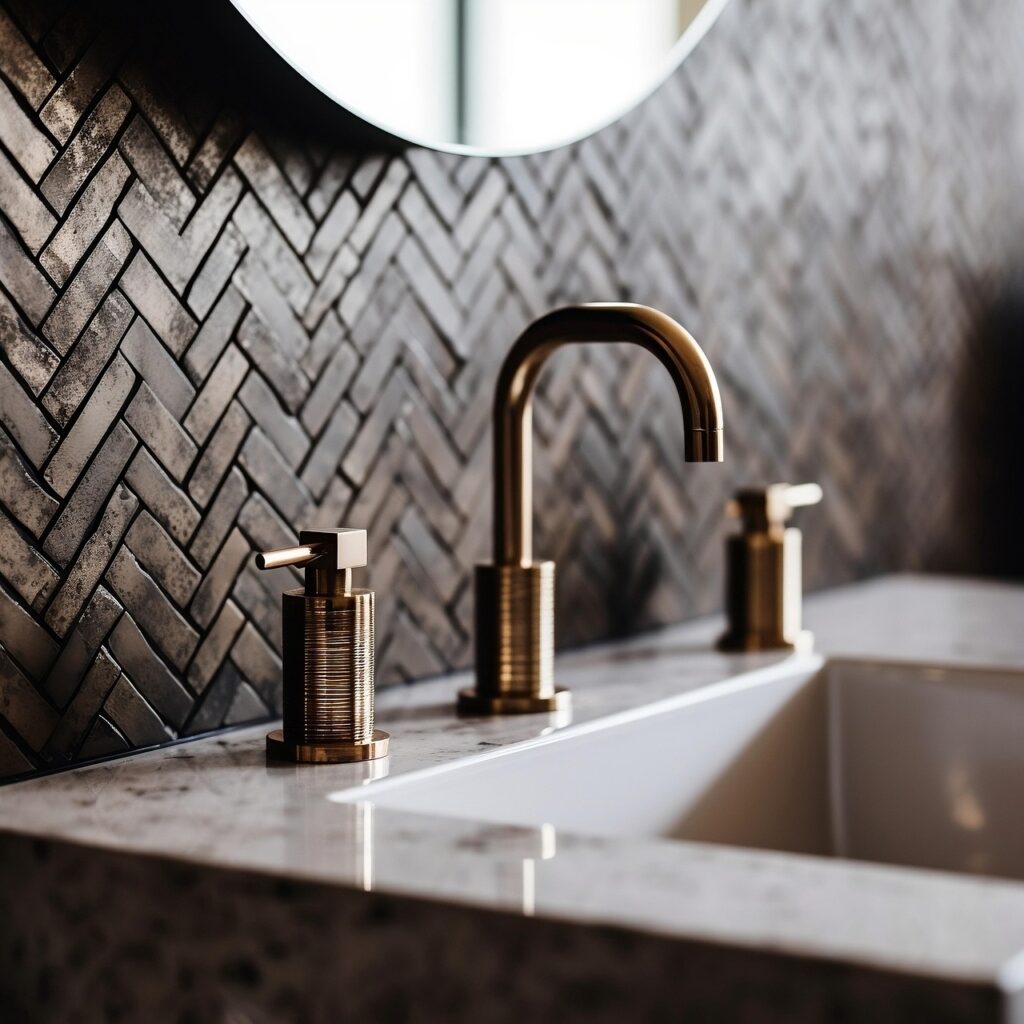With the popularity of DIY tutorials on YouTube and home improvement shows on TV, it’s easy to feel confident picking up a wrench and tackling plumbing problems on your own. And while there’s nothing wrong with tightening a faucet or plunging a toilet, there are some plumbing tasks better left to professionals.
Unfortunately, many homeowners learn this lesson the hard—and expensive—way. Here are the most common DIY plumbing mistakes that could end up costing you thousands of dollars in repairs, water damage, or code violations.
💧 1. Overusing Chemical Drain Cleaners
That bottle of drain cleaner might seem like a quick fix for a slow drain—but it can do more harm than good.
Why it’s risky:
- Corrosive chemicals can eat away at pipes over time, especially older or PVC pipes.
- They rarely solve deep or stubborn clogs, leading to recurring problems.
- If misused, they can damage fixtures or splash and burn skin and eyes.
The better solution: Have a professional plumber assess whether the clog is due to grease, tree roots, or something more serious. Hydro jetting or snaking is often more effective—and safer.
🔧 2. Using the Wrong Pipe Materials or Connectors
Mixing materials (like galvanized steel, copper, and PVC) without proper fittings is a recipe for leaks and corrosion.
Common DIY errors:
- Connecting dissimilar metals without a dielectric union
- Using duct tape or glue instead of approved plumbing tape or compounds
- Relying on flex hoses or temporary solutions long-term
These mistakes can lead to gradual leaks hidden behind walls or under floors—often going undetected until water damage becomes obvious.
Pro Tip: Even if it “holds for now,” poor connections often result in major repairs down the line.
🚿 3. Incorrect Water Pressure Settings
Many homeowners attempt to boost low water pressure themselves without understanding the system’s capacity or limitations.
The consequences:
- Setting pressure too high can damage fixtures, rupture pipes, or void water heater warranties.
- Low pressure might be a sign of a deeper issue—like mineral buildup or failing valves.
Best practice: Let a licensed plumber inspect your pressure regulator and plumbing layout before making adjustments.
🛁 4. Improper Toilet Installation or Repair
Toilets seem simple—but they’re more complex than they look. A misaligned wax ring or loose flange can cause slow leaks that rot your subfloor, or sewage odors in the bathroom.
Frequent errors include:
- Over-tightening bolts (which can crack the base)
- Reusing old wax rings
- Misaligning the drain outlet
- Using too much caulk, which can trap leaks instead of showing them
Worst case scenario: You’ll need a plumber and a contractor to fix water-damaged floors—an expensive combo.
💦 5. Skipping the Shut-Off Valve
Whether replacing a faucet or tightening a valve, not shutting off the water first is one of the most common and disastrous DIY plumbing mistakes.
Even a few minutes of uncontrolled water flow can:
- Flood cabinets or floors
- Short-circuit nearby outlets
- Damage drywall or insulation
Always locate your local shut-off valve—and test it—before beginning any plumbing work.
🧾 6. Failing to Follow Local Plumbing Codes
Just because a solution works doesn’t mean it’s legal. DIY repairs that violate plumbing codes can lead to:
- Failed home inspections
- Permit issues
- Fines
- Insurance claim denials in case of water damage
Example: Installing a water heater without a pressure relief valve or omitting backflow preventers where required could put your home—and health—at risk.
🚫 DIY Regret: It’s More Common Than You Think
While the DIY spirit is admirable, plumbing is one of those trades where a small mistake can lead to massive consequences. We’re often called in after a DIY fix goes wrong—and by then, the damage is already done.
👨🔧 Avoid Costly Mistakes: Call the Pros
Hiring a licensed plumber might cost more upfront, but it saves you thousands in:
- Emergency repairs
- Property damage
- Time-consuming fixes
- Code violations and fines
Need help with a plumbing issue? Whether it’s a dripping faucet or a full system inspection, we’ve got the experience, tools, and know-how to do it right—the first time.
📞 Contact us today for professional plumbing you can trust.


Recent Comments